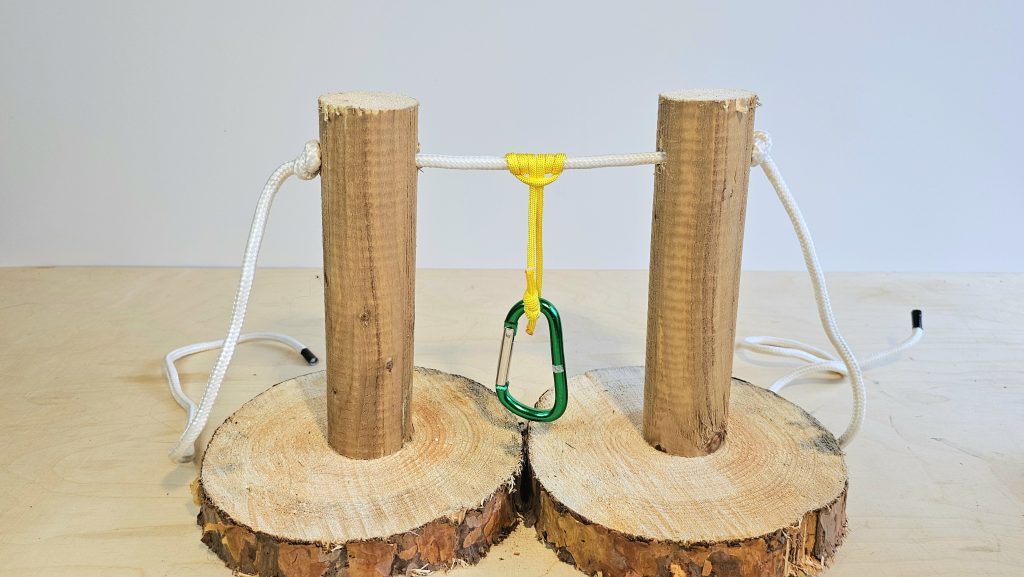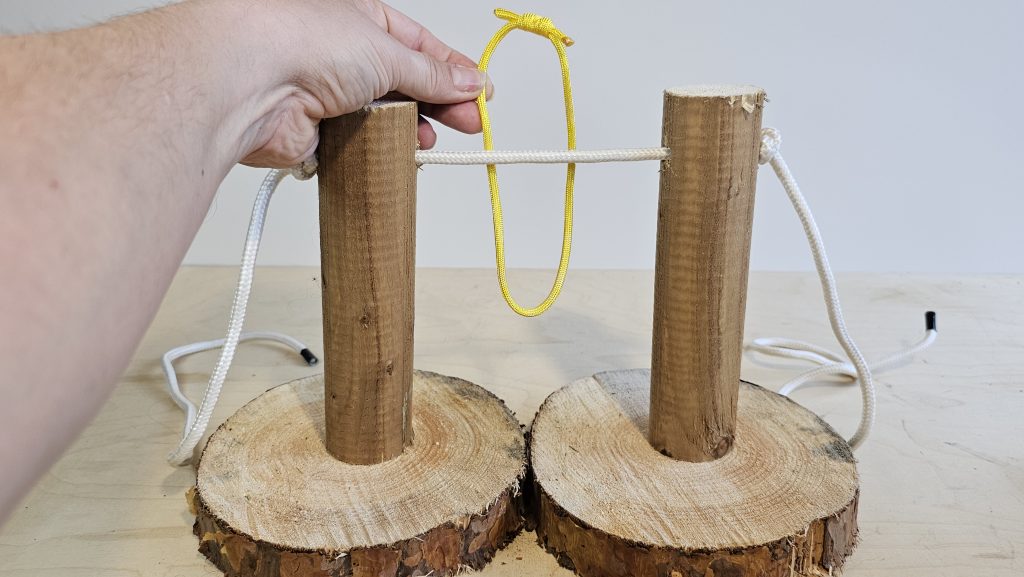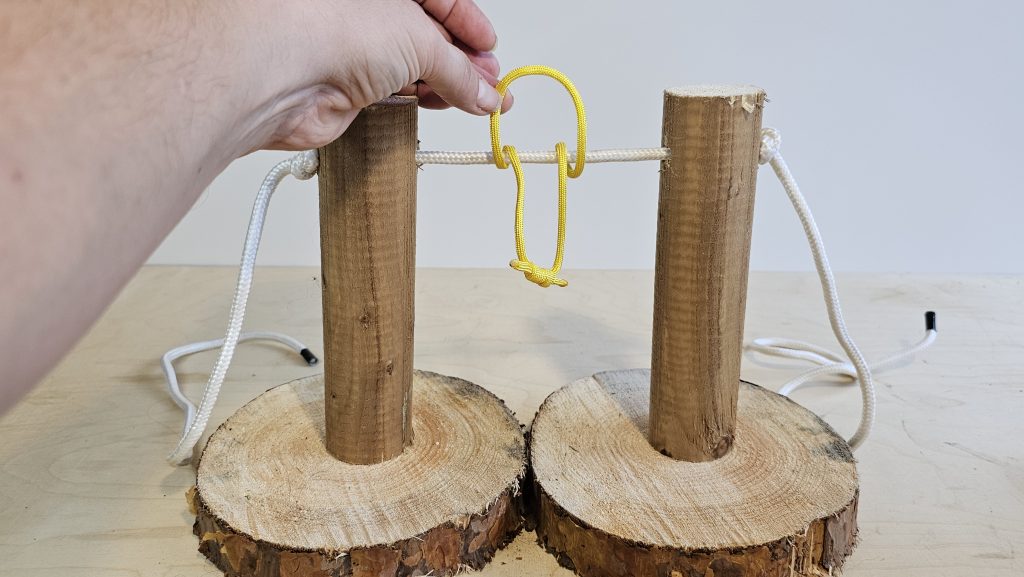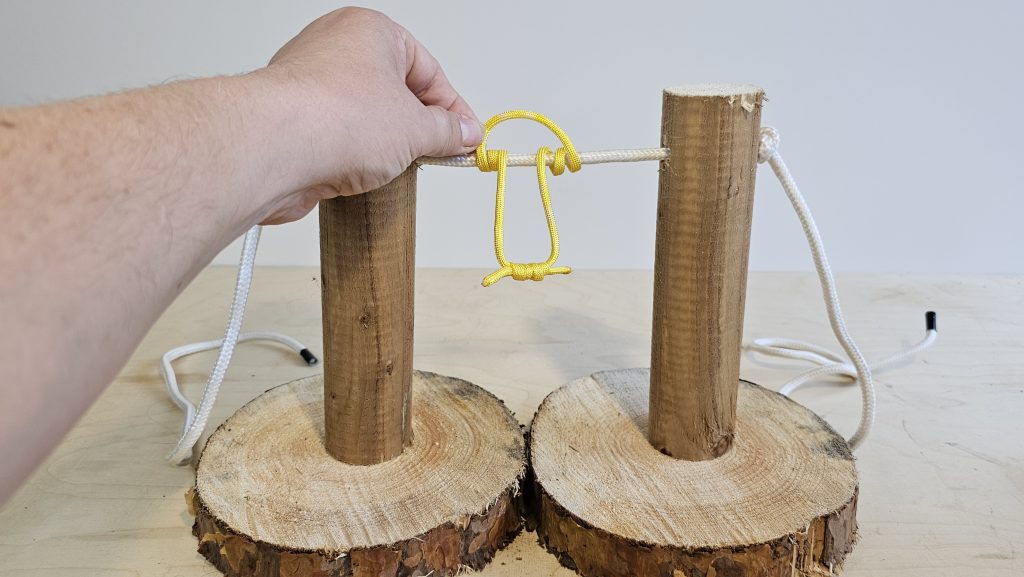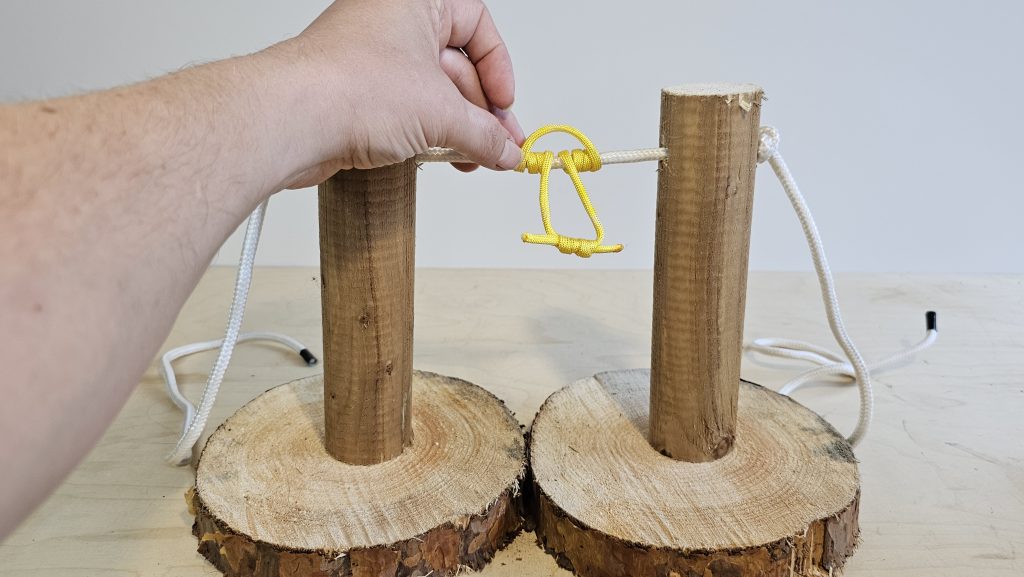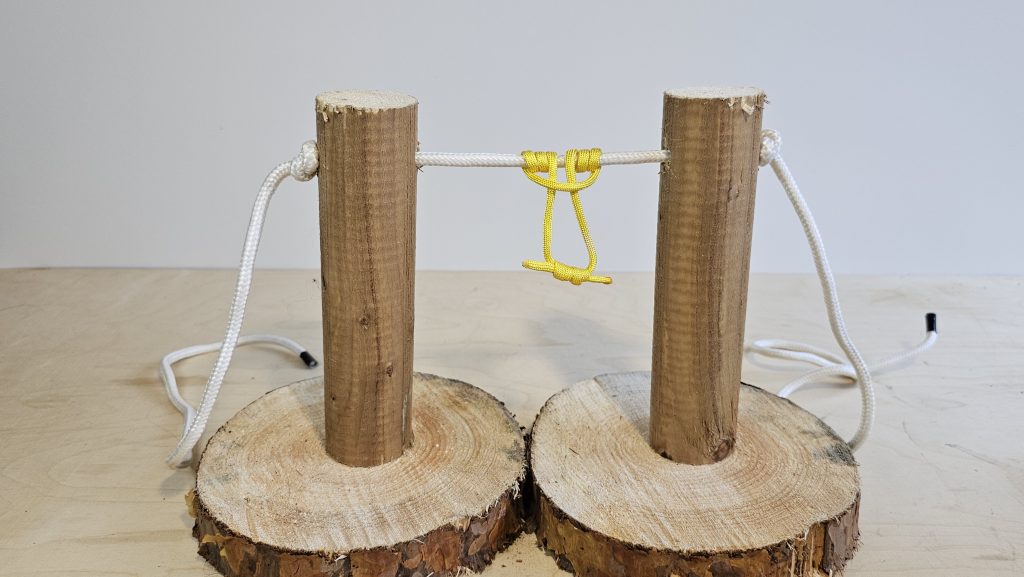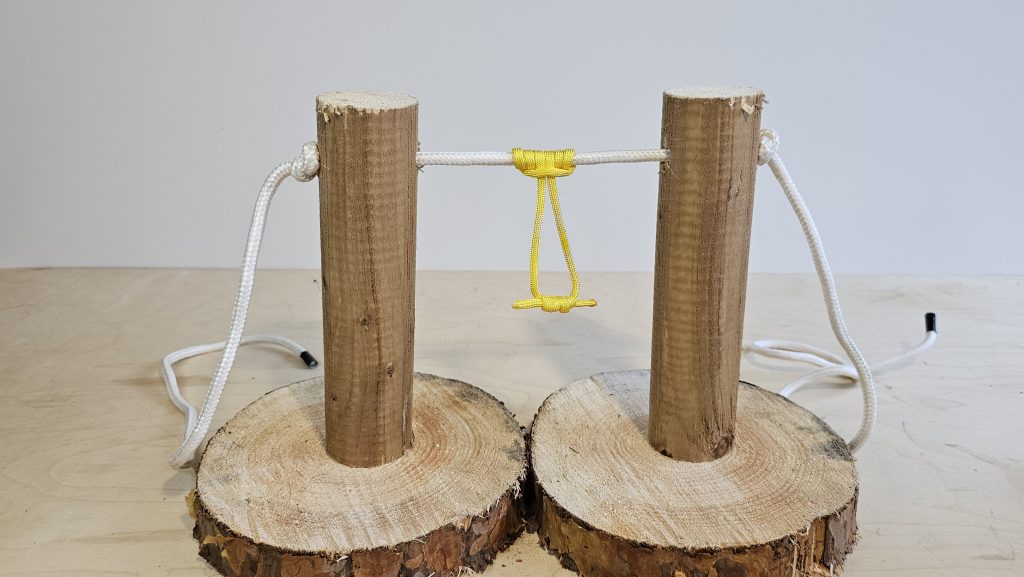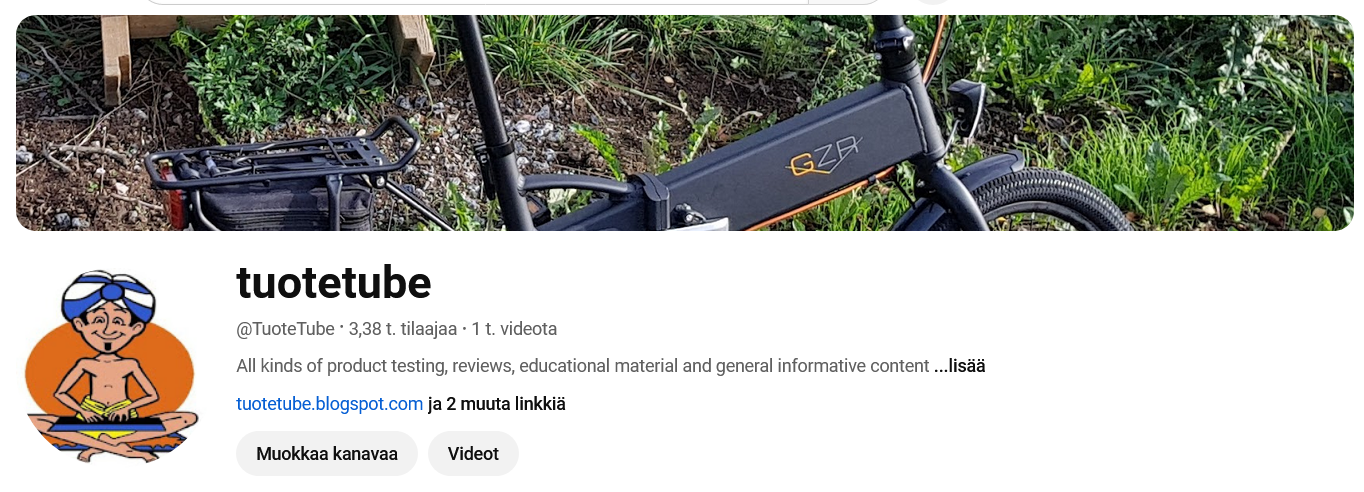PRUSIK KNOT // Knot Used To Attach a Loop Of Cord Around a Rope, Applied In Climbing. How To Tie.
A Prusik (/ˈprʌsɪk/ PRUSS-ik) is a friction hitch or knot used to attach a loop of cord around a rope, applied in climbing, canyoneering, mountaineering, caving, rope rescue, ziplining, and by arborists. The term Prusik is a name for both the loops of cord used to tie the hitch and the hitch itself, and the verb is “to prusik” or “prusiking” (i.e. using a Prusik to ascend). More casually, the term is used for any friction hitch or device that can grab a rope (see autoblock). Due to the pronunciation, the word is often misspelled Prussik, Prussick, or Prussic.
The Prusik hitch is named after its putative inventor, the Austrian mountaineer Karl Prusik. It was shown in a 1931 Austrian mountaineering manual for rope ascending. It was used on several mountaineering routes of the era to ascend the final summit, where a rope could be thrown over the top and anchored so that climbers could attain the summit by prusiking up the other side of the rope.
A Prusik made from cord does little or no damage to the rope it is attached to, whereas some mechanical ascenders (not Prusiks) can cause damage from normal use, and especially if the device slips during climbing or is heavily loaded or shock-loaded.
Advantages
Climber using loops attached to prusik knots to move up a fixed rope
Climbers carry Prusik cords mainly for emergency use, as they are lighter than other options. Prusiks are fast to place on a rope, and with practice can be placed with one hand. The loops of cord can be used as slings, and are thus multi-functional in a climbing environment.
Prusiks will work around two ropes, even two ropes of different diameters. Prusiks provide a strong attachment that will not damage or break the rope, and so are used in some rope-rescue techniques. Prusiks are good to use in hauling systems where multiple rope-grabs may be needed, and where mechanical rope-grabs are not available.
Prusiks are far less likely to damage the main rope than mechanical rope-grabs such as a jumar. An overloaded Prusik will initially slip, causing no damage. If loaded to great excess, the worst result is that it slides until the heat of friction causes physical failure of the Prusik cord, rather than the rope. Mechanical rope-grabs when overloaded will sometimes damage the sheath of the rope, or in extreme cases sever the rope entirely.
Depending on which variant is used, Prusik hitches have the advantage of working in both directions. Most mechanical rope-grabs work like a ratchet, moving freely up the rope, but grabbing when a load is placed down on them. Traditional Prusiks (such as those shown below) will grab when pulled by the tail, either up or down, and will slide either way when pushed by the barrel.
Although the Prusik Climb technique may be seen as outdated by some, the US Army still includes it in its annual Best Ranger competition. Rangers in the competition routinely make it up a 65-foot (19.8 metre) rope in under a minute.
Disadvantages
Prusiks are ineffective upon frozen wet ropes. This is due to the necessity of friction for the Prusik to function. Mechanical devices (such as jumars) to grab the rope are available that are easier and faster to use, but heavier, more expensive, and bulkier.
After being put under a great deal of weight, the Prusik can be quite constricted and difficult to untie. This varies, depending on the relative diameter of the ropes.
HOW TO, HOW TO TIE, HOW TO MAKE, GUIDE, DIY, SLOW MOTION, SLOMO, INSTRUCTIONS, TUTORIAL, STEP BY STEP
